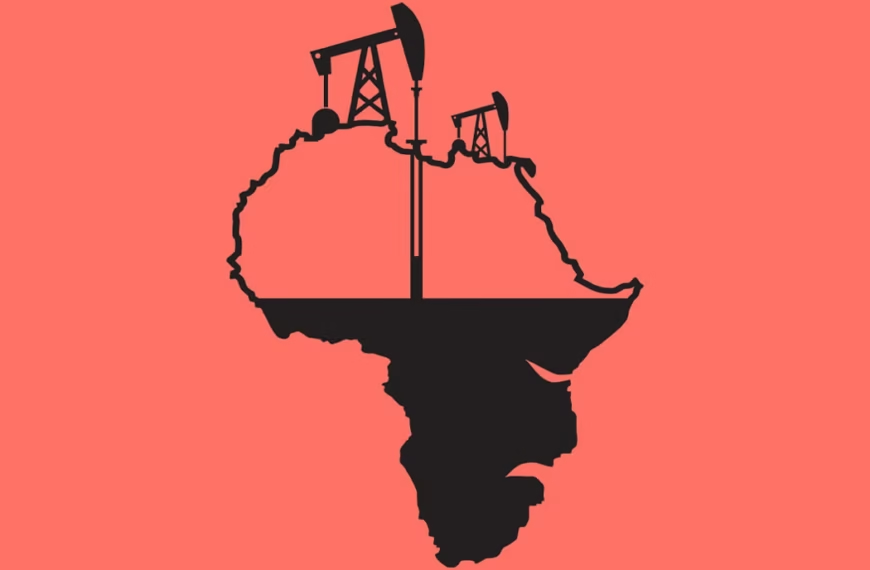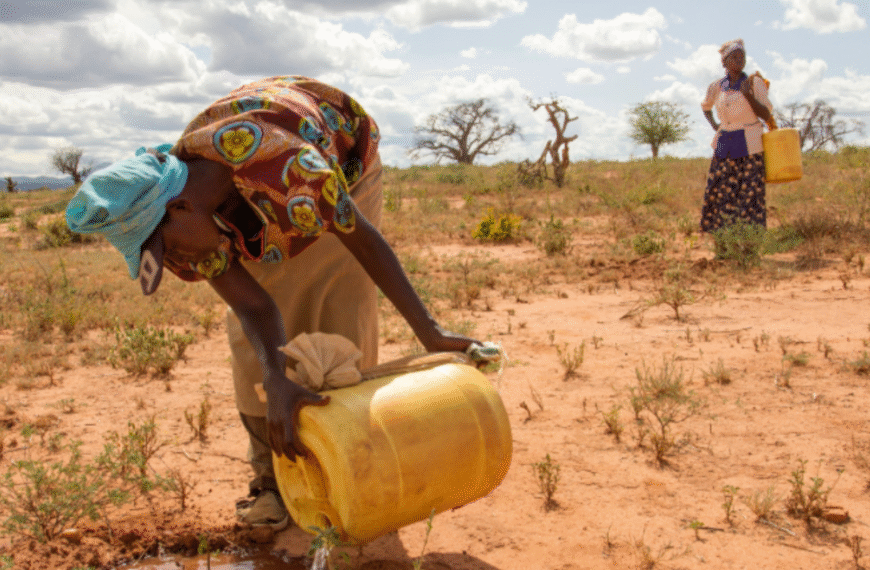Anaika Prasanna
14 July 2025
Have you heard of The Hunger Games? The best-selling dystopian novel where kids fight to the death by law of the Capitol (the all-seeing government). The book set the bar for all dystopian novels after it, and along with the original trilogy, has two prequels (one released this year!) and five movies. So, other than being a massive sensation, what is its relevance to us? The Hunger Games, while on a more theatrical scale, reflects occurrences and policies happening in real life, making our world reflect the dystopia. From wealth inequality to the commodification of human life, the overlap between the novel and our world can cause us to reflect—and change—before we end up like the characters in the novel.
Firstly, the wealth inequality we see between the Capitol and the districts in Panem is present in our world today. The wealthy Capitol citizens enjoy all the pleasures, while the citizens in the districts starve and toil for basic needs. Just like in the Capitol, the wealthiest in our world hoard money while lower-income citizens starve. We even have a measure of inequality—the Gini coefficient. The Gini coefficient measures the income disparity in a country. It ranges from 0 to 1, 0 being perfectly equal and 1 being perfectly unequal. A country in our world that represents that is South Africa, with a Gini coefficient of 0.63. The top 10% of earners in South Africa take home more than 65% of the country’s income, while the bottom 50% share less than 6%. This stark imbalance ( both in Panem and in reality) highlights how extreme inequality can take place right under our eyes if we don’t have the short end of the stick.
Another similarity is the allocation of resources—each district provides an economic resource. In Panem, the districts produce all the resources supplied to the Capitol. From District 12 with coal to District 3 with technology, the Capitol gets all the resources, while the districts struggle to survive on what they produce (and the majority of the time, they don’t have access to the goods). Surely this can’t mirror real life? Many African nations mine cobalt, a mineral essential to technology and electric cars. With its high demand, it would only make sense that these countries must be wealthy, right? The DRC produces 70% of the world’s cobalt. However, this mining is done under dangerous conditions, locals earn low wages, and child labor is prevalent. The people who really earn the money are the MNCs in the West, where they manufacture the goods and reap the profits, leaving the local population to suffer the burden of exploitation and pollution. Just like in The Hunger Games, the wealth isn’t concentrated where it’s produced, leading to an unfair allocation of resources.
The Hunger Games refers to an event in the novel where children kill each other for sport, for the entertainment of the Capitol. Now, this sounds so gory, so medieval, that surely this can’t reflect anything in the real world. Unfortunately, it occurs right in front of us every day. When we think of child labor, I’m sure you picture grimy, dirty factories where young children are forced to produce plastic toys or shirts in low-developing countries. It actually occurs right in the heart of some of the most developed cities in the world. According to international child labor laws, over 160 million children are engaged in child labor globally. With the rise of YouTube, parents can now force their kids into filming 24 hours a day without any repercussions. Children’s trauma is on display for millions, and they don’t get to see a cent—with their parents as managers. Sounds familiar? While they may not be impaling each other with bows and arrows, children are still exploited at the hands of massive corporations to produce goods for entertainment or to be the entertainment itself—adding to the commodification of humans, just like in the Capitol.
While we don’t have a Katniss Everdeen, we have many organizations making a difference right now to help prevent our world from becoming like Panem. Groups like Oxfam and the International Labour Organization advocate for fair wages, safe working conditions, and the eradication of child labor. Private companies are being pressured to invest in and adopt ethical supply chains and pay living wages to their workers. For example, the Clean Clothes Campaign in Europe pushes garment companies to enforce labor rights, fair wages, and safe working conditions. Like Katniss, resistance starts with awareness—and leads to action.
Want to get aware? Check out these articles below for more information:






Leave a Reply
You must be logged in to post a comment.